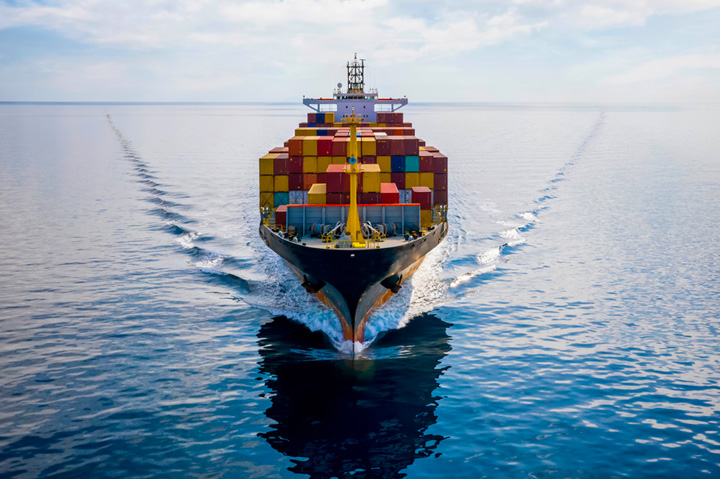Key Takeaways
• Fee Implementation: USTR will charge fees on Chinese shipping companies and firms with China-made vessels starting October 2025.
• Strategic Goals: The fees aim to counter China’s maritime dominance, boost U.S. shipbuilding and help improve supply chain reliability and security.
• Economic Impact: Critics argue the fees will increase shipping costs, shrink GDP and reduce U.S. exports.
The Office of the United States Trade Representative (USTR) said on April 17 that it will begin charging fees on Chinese shipping companies and other shipping firms that have China-made vessels in their fleets in 180 days.
The move is part of President Donald Trump’s plans to counter China’s dominance of the global maritime industry while also reinvigorating domestic shipbuilding in the United States.

“Ships and shipping are vital to American economic security and the free flow of commerce,” said U.S. Trade Representative Jamieson Greer. “The Trump administration’s actions will begin to reverse Chinese dominance, address threats to the U.S. supply chain and send a demand signal for U.S.-built ships.”
The port call charges have come in for heavy criticism from U.S.-based companies and industries that rely on importing and/or exporting. Promotional products market executives have said the charges will increase shipping/importing costs – a particular concern given worries over tariff-driven inflation.
After the April 17 announcement, the American Apparel & Footwear Association (AAFA) said the fees will lead to “serious consequences,” especially if USTR also moves forward with an under-consideration proposal to place import tariffs ranging from 20% to 100% on equipment crucial to port operations like containers, chassis and ship-to-shore cranes.
“These measures are driving up shipping costs, shrinking GDP and reducing U.S. exports,” asserted Nate Herman, AAFA’s senior vice president of policy. “When ocean carriers raise rates, American families will pay the price through higher costs and growing product shortages, at a time when they can least afford. We fully support strengthening the U.S. maritime industry, but penalizing shippers for not using American-flagged or built vessels, when they cost up to five times more and remain in limited supply, is counterproductive.”
The fee plan USTR announced April 17 is scaled down from an earlier port call charge proposal that drew what Reuters described as “a tsunami of opposition from the global maritime industry, including domestic port and vessel operators as well as U.S. shippers of everything from coal and corn to bananas and concrete.”
The federal government could use the fees to invest in the domestic shipbuilding/maritime industry.
A USTR analysis found China’s alleged targeting of the global maritime industry is unreasonable because it “displaces foreign firms, deprives market-oriented businesses and their workers of commercial opportunities, and lessens competition and creates dependencies on China, increasing risk and reducing supply chain resilience.”
USTR further determined that China’s maritime-related action “burdens or restricts U.S. commerce by undercutting business opportunities for and investments in the U.S. maritime, logistics, and shipbuilding sectors; restricting competition and choice; creating economic security risks from dependence and vulnerabilities in sectors critical to the functioning of the U.S. economy; and undermining supply chain resilience.”
The U.S. plans to charge the fees up to five times annually, per vessel.
The fees for Chinese vessel owners and operators are: $50 per net ton for the arriving vessel, effective Oct. 14, 2025; $80 per net ton for the arriving vessel, effective April 17, 2026; $110 per net ton for the arriving vessel, effective April 17, 2027; and $140 per net ton for the arriving vessel, effective April 17, 2028. There are also per-container fees.
Fees on China-built vessels from non-Chinese carriers are lower and also feature a per-container charge. The per-ton fees are: $18 per net ton, effective Oct. 14, 2025; $23 per net ton, effective April 17, 2026; $28 per net ton, effective April 17, 2027; and $33 per net ton, effective April 17, 2028.
USTR did allow for some exemptions. For example, charges on ships built in China generally exclude routes involving the Great Lakes, the Caribbean and transport to or from U.S. territories. Bulk commodity exports – like coal and grain – won’t be subject to the fees, nor will vessels arriving at ports without cargo.



